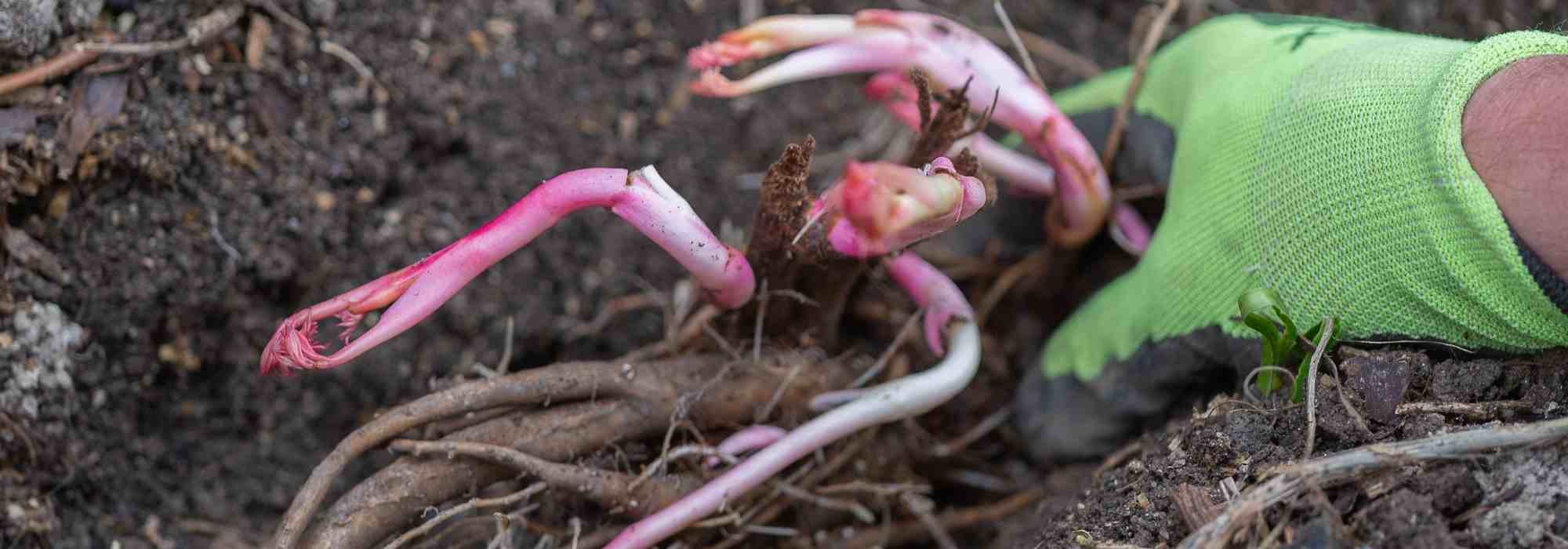
Planting perennials in bare roots: how and why?
An excellent choice for our perennials
Contents
It is customary to choose perennial plants for our gardens in pots or containers. This is understandable, as this presentation offers the largest selection at garden centres or nurseries. However, increasingly, we are seeing another type of product: bare root perennials. These have many advantages: lower purchase cost, quicker establishment in spring, ease of planting… And it is highly likely that in the coming years, the range of bare root perennials will significantly expand. In any case, bare roots are already well established in the practices for trees and bushes, as well as for some plants like peonies, lily of the valley, and strawberries.
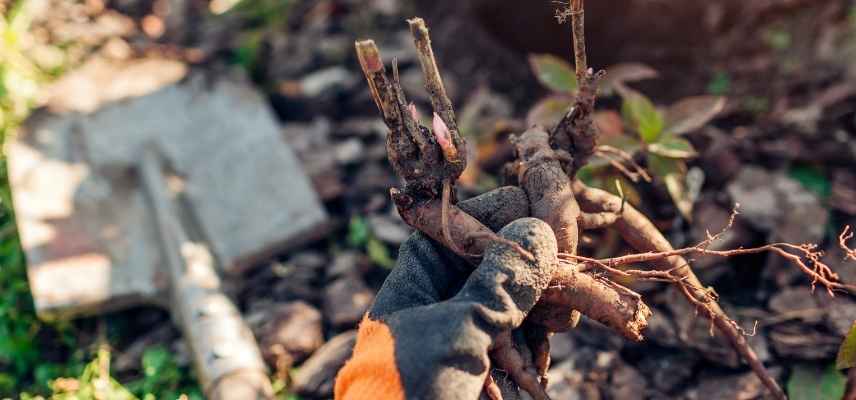 Bare root perennials allow for good control of the root condition, here of a peony.
Bare root perennials allow for good control of the root condition, here of a peony.
What are the advantages and disadvantages of perennials offered as bare roots?
Perennials with bare roots are offered, as the name suggests, without containers and without substrate: thus, the roots are exposed. Only a protective pouch of wood chips or straw sometimes encases the roots. Perennials sold as bare roots have advantages and… a few minor drawbacks.
Advantages
- An economical solution: bare root perennials are two to three times cheaper to purchase than those offered in containers. Indeed, for the producer, this type of perennial requires less equipment, no plastic pots (a plus for the environment!), easier transport as they are lighter and take up less space… All this reflects on the purchase price for the consumer;
- Excellent recovery and rooting quality: bare root perennials (as with trees and bushes) offer a quicker recovery and more significant growth in the first year compared to potted perennials. The quality of rooting is also significantly better;
- Visible roots: this allows for better selection of perennials and the ability to discard questionable roots during the choice;
- Easy to plant: this type of perennial has the advantage of not requiring a very deep hole. A simple dibber is sufficient to plant bare root perennials.
Drawbacks
- Difficult to store: bare root perennials need to be planted quickly to prevent the roots from being damaged or drying out. While trees and bushes can potentially be placed in a trench (in damp sand) in the garden, it is more complicated for perennials. Consequently: quick planting or repotting in potting soil as soon as possible;
- Difficult to find: few garden centres, producers, or distributors currently offer bare root perennials. However, attitudes are slowly changing, and it is not unreasonable to think that bare roots will be increasingly marketed and that the variety selection will expand over time;
- Very short buying and planting period: unlike plants sold in pots or containers, the planting of bare root perennials occurs at a specific time of year. This means during the dormant period and just before the resumption of vegetation: in autumn (October-November) or very early spring (March-April).
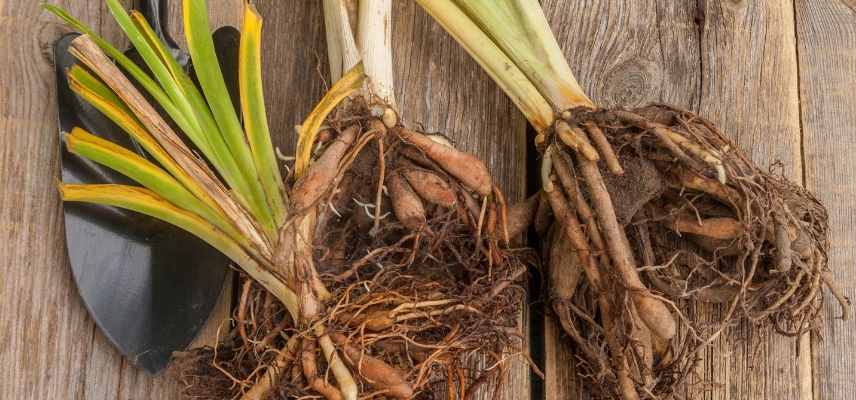
Daylilies with bare roots
What precautions should be taken for bare root perennials?
At Purchase
If you have the opportunity, carefully check the quality and health of the roots. Fortunately, this time, they are clearly visible! The roots should be fleshy, healthy, free from blemishes, and a relatively light colour. Avoid perennials with bare roots that are dried out or those already affected by mould (grey-green colour, presence of “hairs”…).
Before Planting
Upon receiving your bare-root perennials, recheck the health of the roots. Avoid letting the roots dry out at all costs. Soak them for an hour if they seem a bit wilted. Do not plant during frost and do not allow the roots to freeze if you are storing your perennials outside. Handle the roots with care: do not break off pieces, if possible, and avoid damaging the buds.
Nota bene: Bare-root perennials should be planted or repotted quickly after receipt. However, if you lack the time to plant immediately, you can store your bare-root perennials for a few days in a cool place (between 2 and 8 °C). Some perennials with very fine roots (for example, epimediums) can suffer irreparable damage in just a few minutes when exposed to air.
Perennials that need to be planted quickly include anemones, Brunneras, pulmonarias, campanulas, echinaceas, rudbeckias, epimediums, hardy geraniums, heleniums, Helianthus, hellebores, heucheras, and kniphofias (formerly known as Tritomas)…
Discover other Perennials
View all →Available in 1 sizes
Available in 0 sizes
Available in 1 sizes
Available in 1 sizes
Available in 1 sizes
Available in 2 sizes
Available in 1 sizes
Available in 1 sizes
Available in 1 sizes
Available in 1 sizes
How to plant bare root perennials?
The Soil
The substrate must be suited to the needs of the plant. Some species prefer clay soil, while others thrive better in sandy soil. However, for a better start in the life of your perennial, a relatively well-draining soil is preferable, even for perennials that enjoy clay soil. Therefore, do not hesitate to add compost and a bit of potting soil at planting. For repotting in a pot: a universal potting soil will do the trick. Do not add fertiliser at planting: this may burn the roots!
Planting
The hole should be shallower than for planting a perennial in a clump, but equally wide to allow for good root spreading.
- Loosen the soil to a depth equal to the length of the roots;
- Add water to the soil at this stage to thoroughly moisten the substrate: this will help you check if the soil is well-drained or not. If the water drains quickly: all is well. If the water stagnates and forms puddles: the soil is poorly drained;
- Remove soil to a depth of only a few centimetres;
- Place your perennial, spreading the roots evenly around the stump;
- Replace the excavated soil to cover the roots;
- Firm the soil with your hands around the roots to avoid air pockets;
- Ensure that the collar of your perennial is slightly above the soil. Planting too deeply can compromise establishment: the perennial then receives more sunlight to start in spring, and the risk of collar rot is reduced.
Note: unlike planting a plant in a pot or in a pot, water is added before planting and not afterwards. This is to avoid “leaching” of the soil around the roots and thus a possible exposure of them.
 The planting hole does not need to be very deep: here, the planting of a peony
The planting hole does not need to be very deep: here, the planting of a peony
What types of perennials are available as bare roots?
More and more varieties of perennials are available as bare roots. Here is a short, non-exhaustive list:
- Ornamental perennials: Hostas, Helianthus, Echinaceas and Rudbeckias, Kniphofias, alchemillas, astrances, anemones, Brunneras and pulmonarias, campanulas, Cimicifugas, Crocosmias, Dicentras, epimediums, hardy geraniums, heleniums, daylilies, Iris germanica in rootstock form, heucheras, tradescantias, tricyrtis, lily of the valley, and of course peonies;
- Vegetable and fruit perennials: strawberry plants as bare roots and asparagus crowns.

Among the perennials that can be found as bare roots: Iris germanica, pulmonaria, crocosmias, and hostas
- Subscribe!
- Contents



































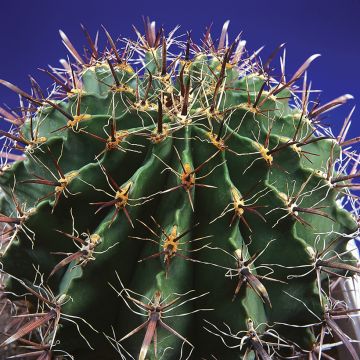
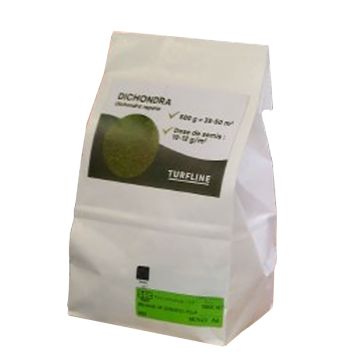

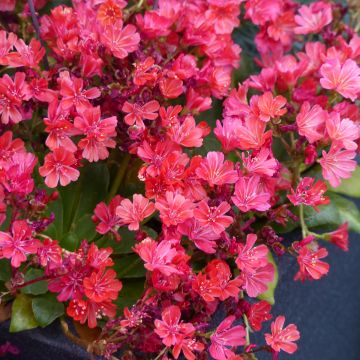
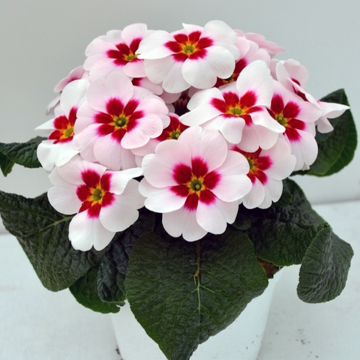
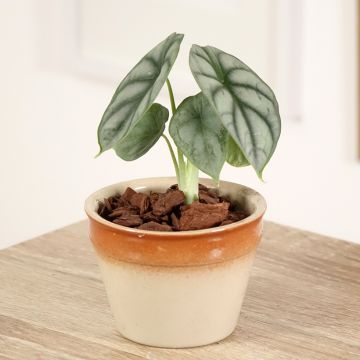
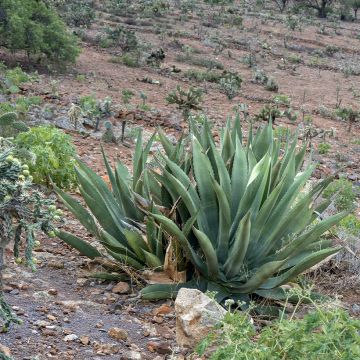
Comments